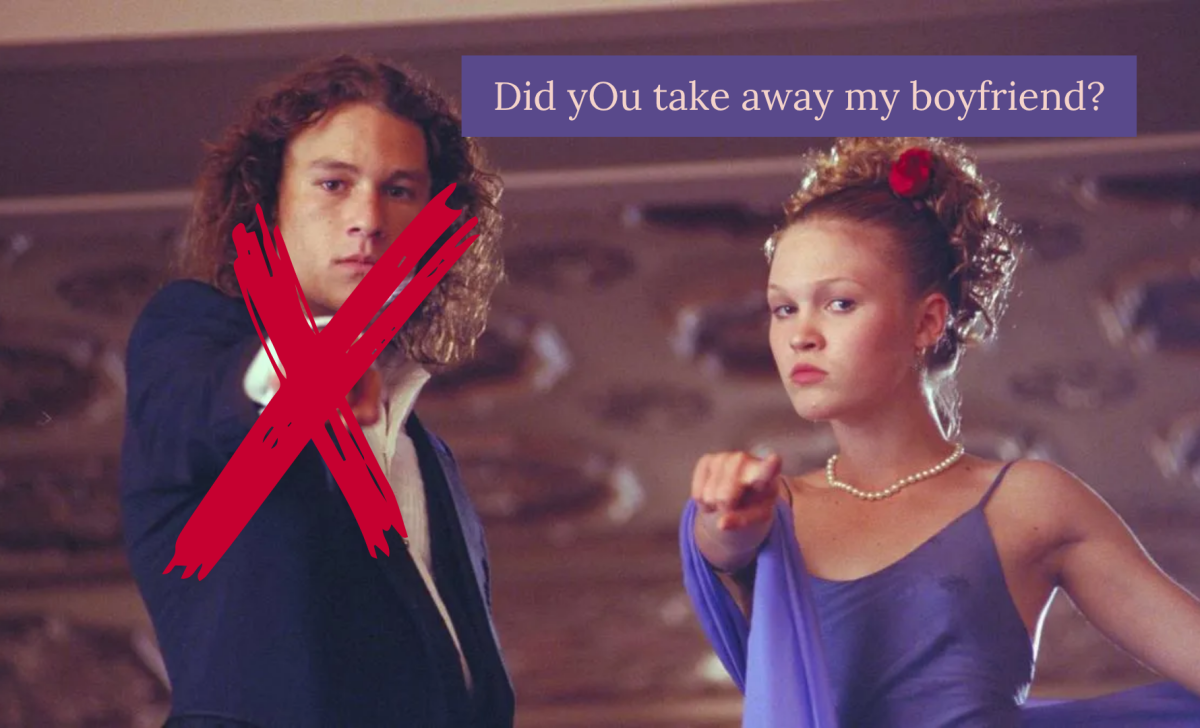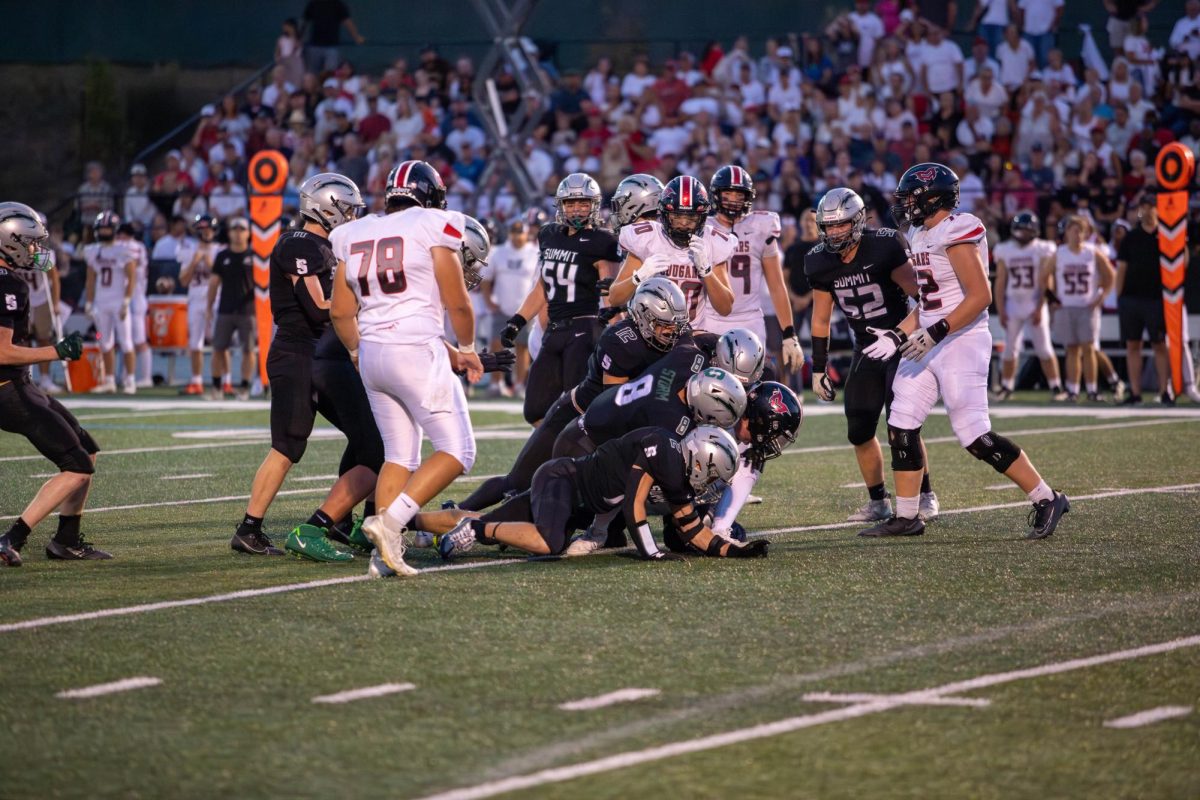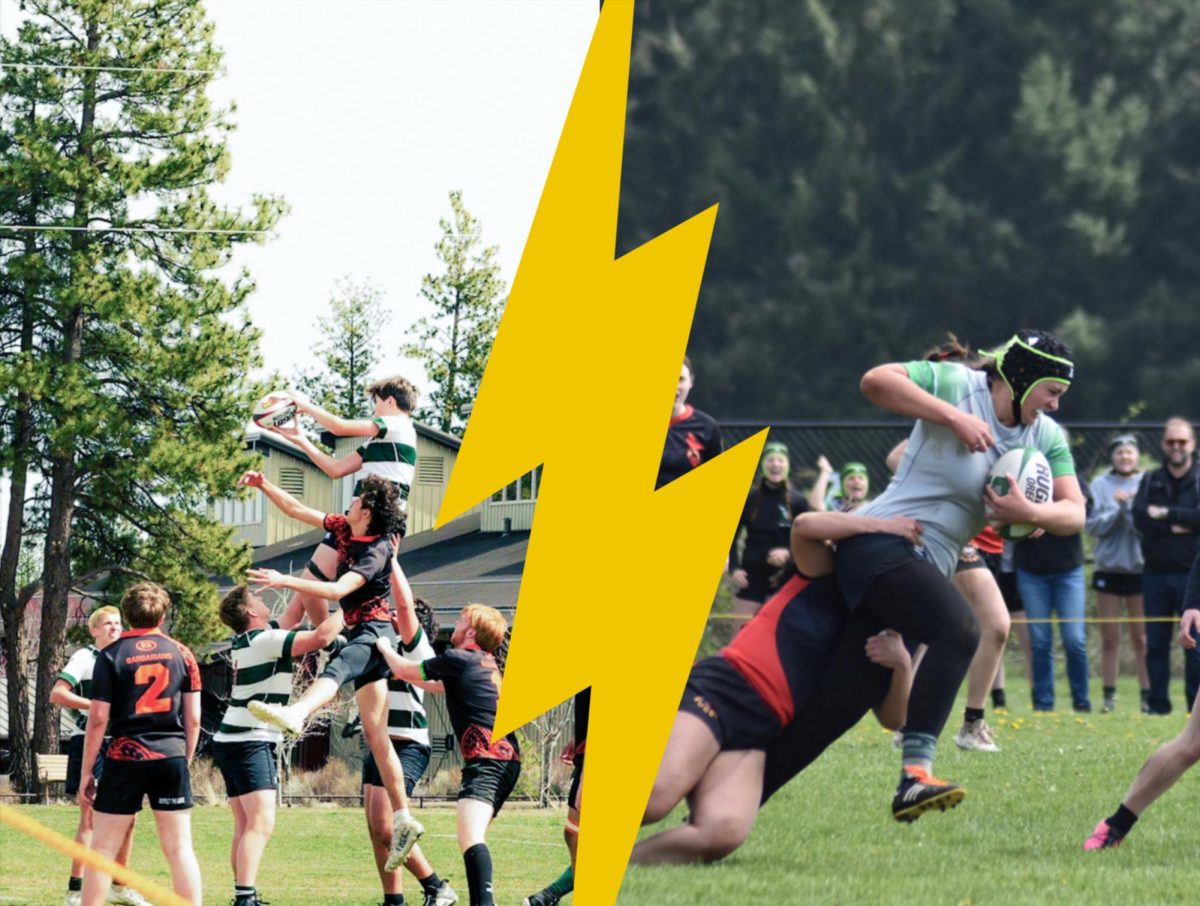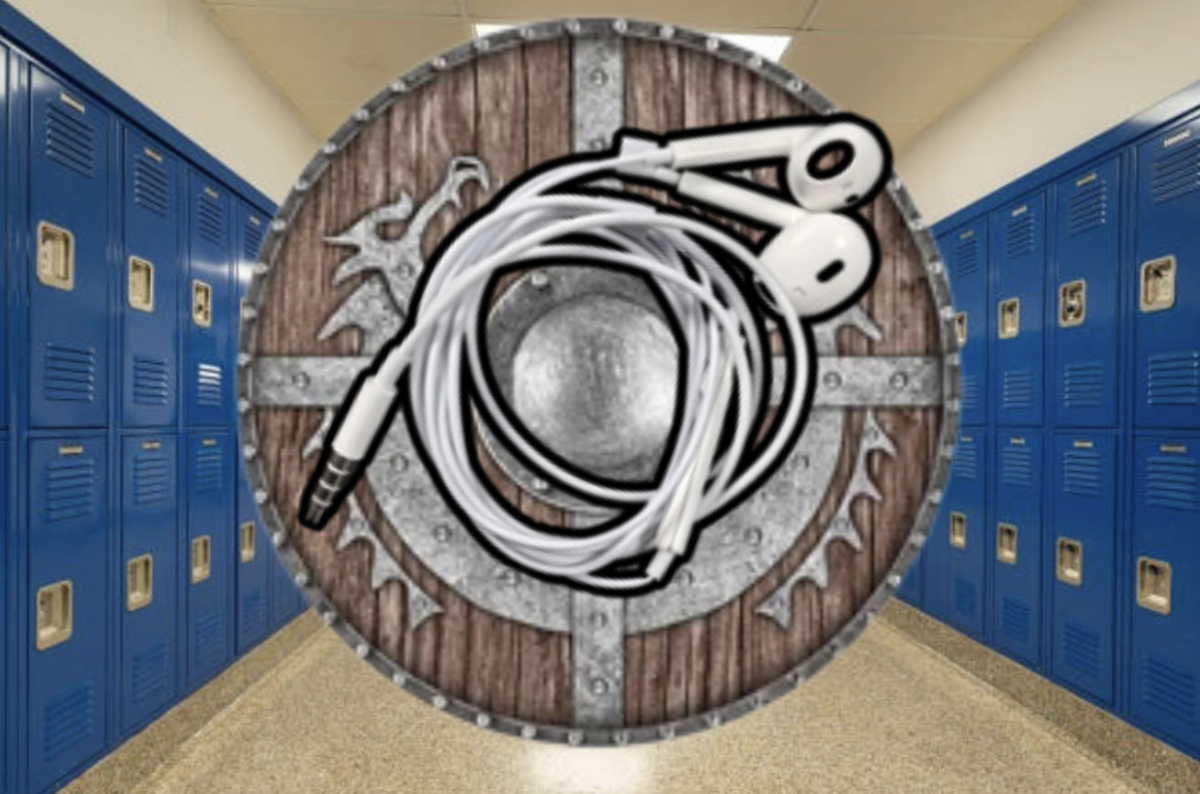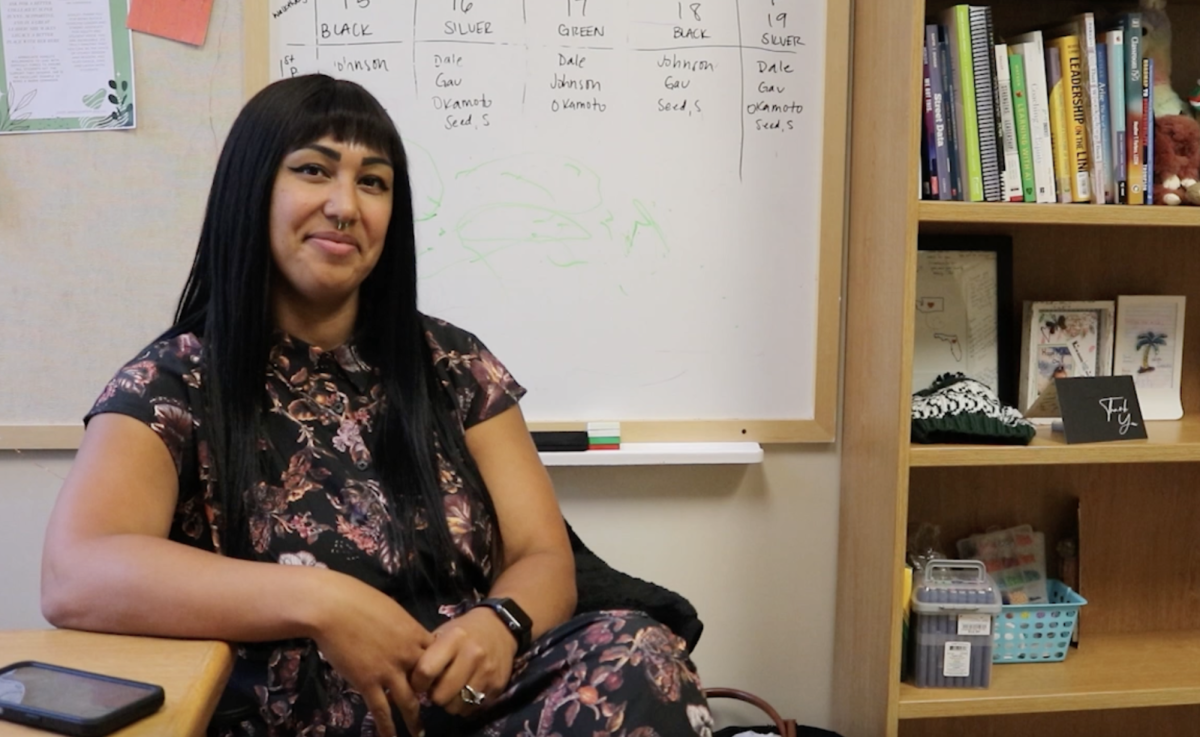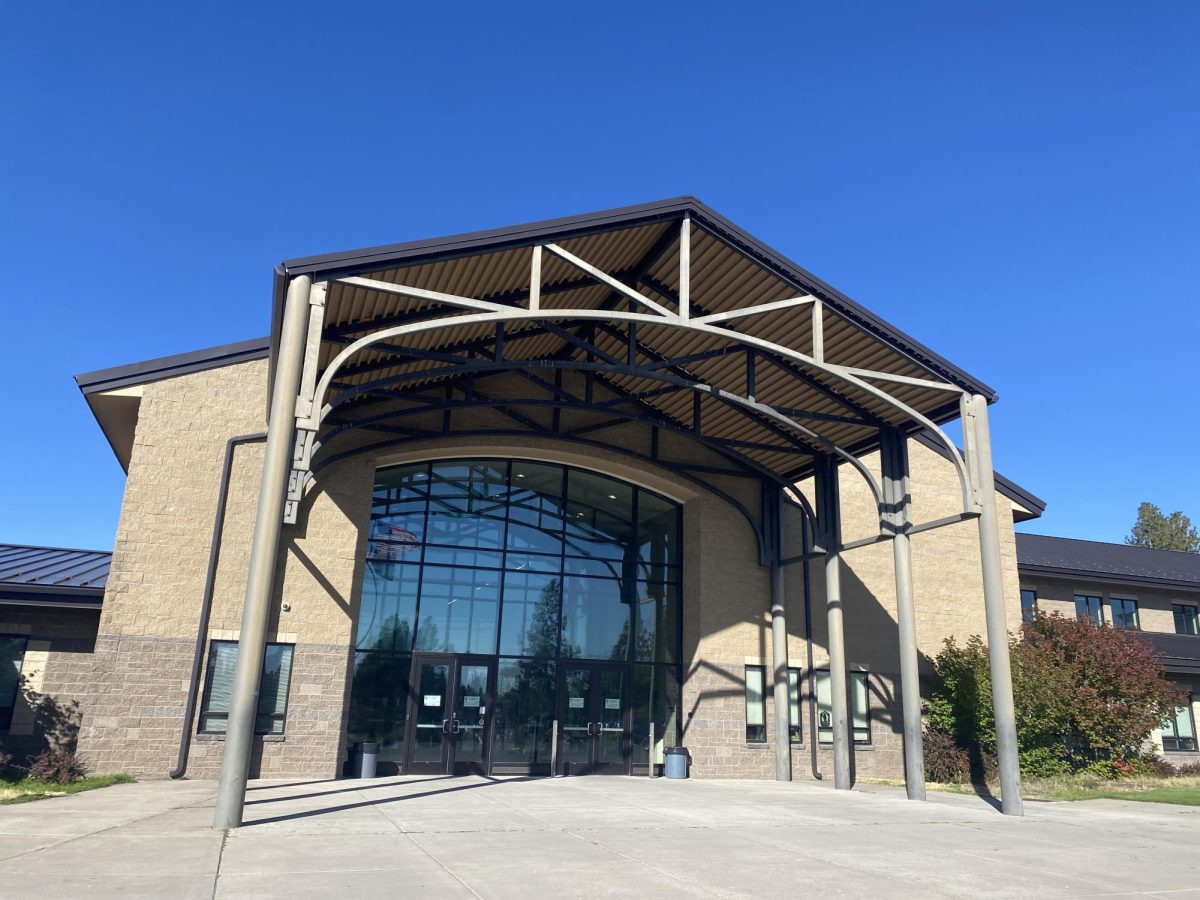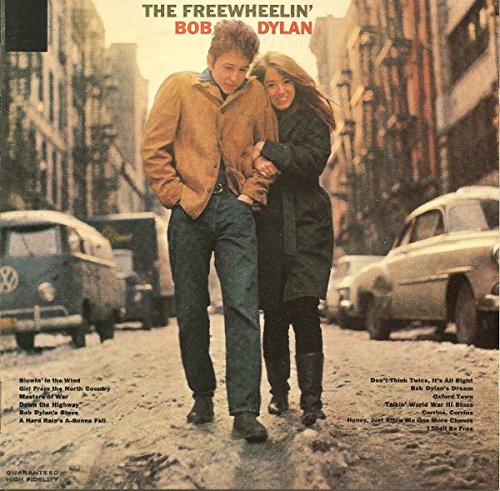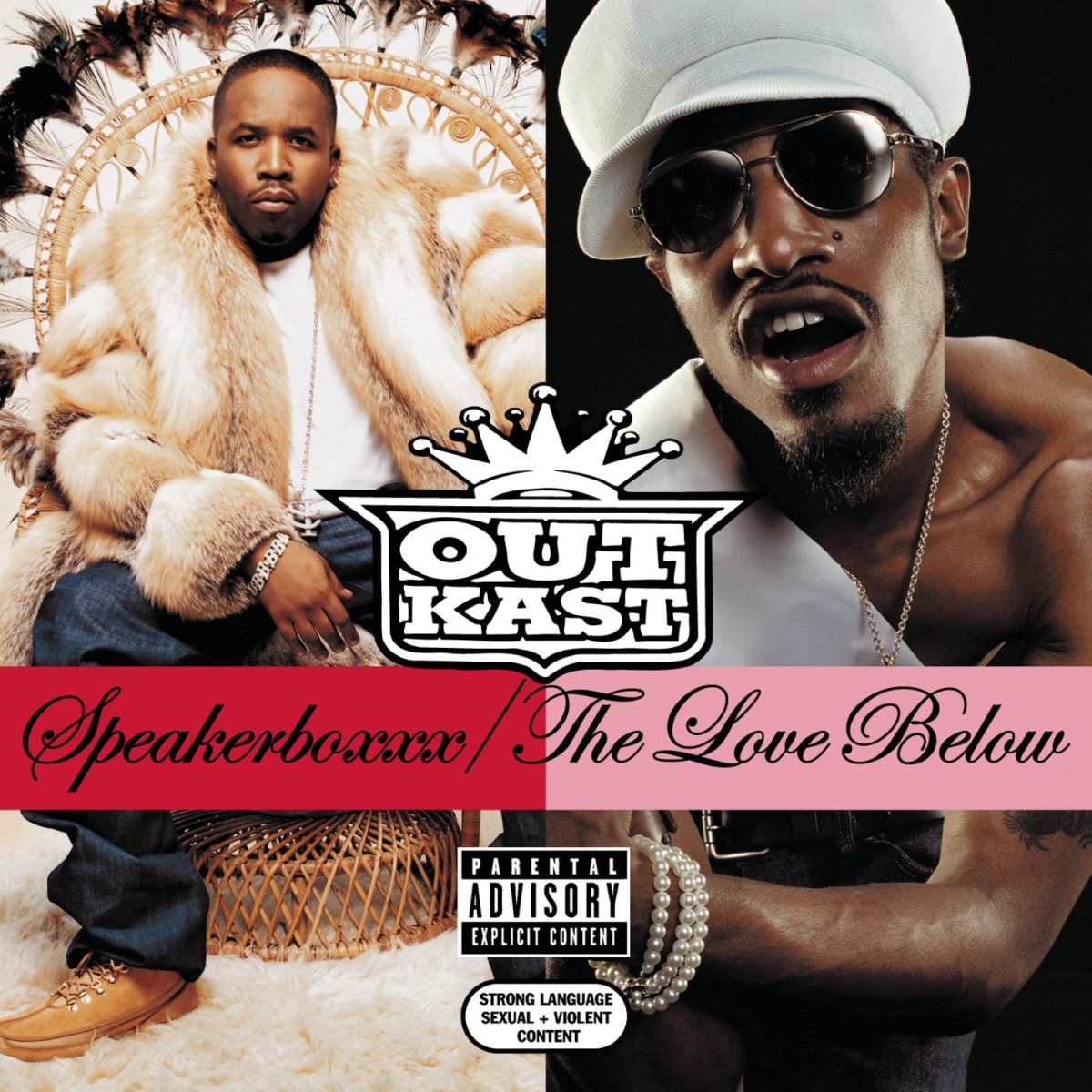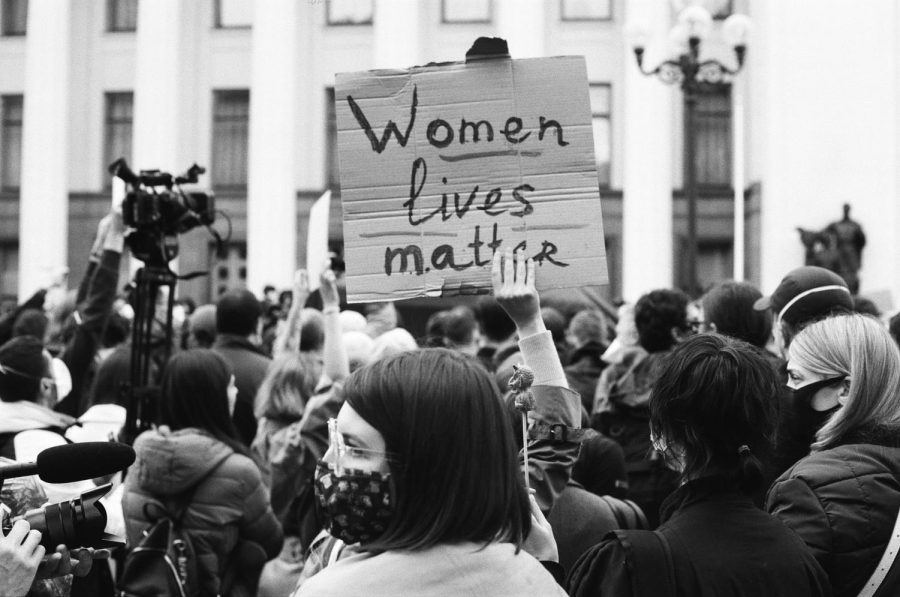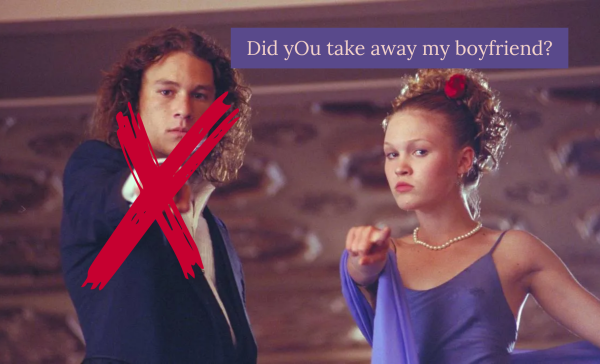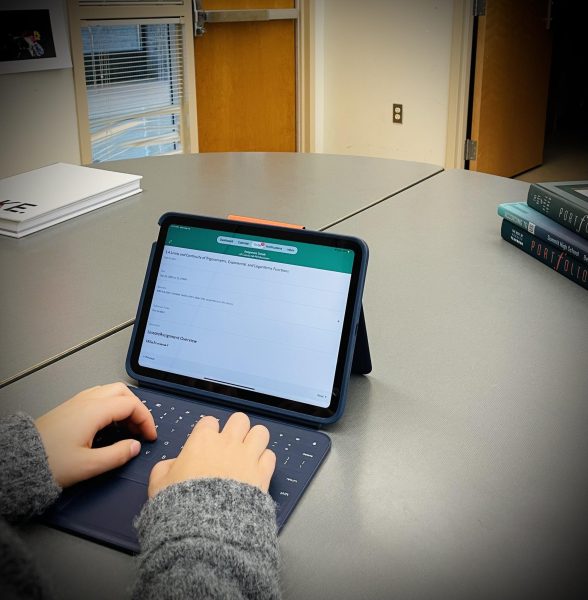A Step Back For Women’s Rights
The Supreme Court’s opinion will transform the landscape of women’s reproductive health.
Is This How Roe Ends?
Since 1973, women were able to seek and obtain medical abortions. Yet recently, this right has come under fire.
On May 5, Politico, a media and journalism company, released a classified Supreme Court document which suggested that Roe v. Wade, the nearly 50-year-old landmark decision that legalized abortions in America, was likely to be overturned.
In the leaked ruling, Justice Samuel Alito strikes down Roe v. Wade in his drafted opinion. His central argument being that the ability to restrict or allow abortions should be in the hands of the states, which in theory would create a more democratic process.
Aligning with Alito is Justice Clarence Thomas and the three President Trump appointees: Neil Gorsuch, Brett Kavanaugh and Amy Coney Barrett. The opinion is not necessarily final, but it was an early jab at aligning the views of these five justices. A final decision is not expected until this summer, likely June.
The idea that the Supreme Court could end women’s rights to abortion in the United States set off a political firestorm and deepened divisions about one of the most contentious issues in American society.
“Five people hundreds of miles away are making decisions about my body, about other women’s bodies,” said junior Josie Armor, outraged and in disbelief. “I feel so helpless.”
As this opinion draft has startled the entire country, many female Summit students have begun to express thoughts and feelings surrounding this event, especially those like junior Delaney Skuse, the President of Social Justice Club.
“Last Wednesday, [the Social Justice Club] met after Roe v. Wade leaked to discuss what happened. I wanted to educate myself and others in order to spread awareness on what’s going on so people can make informed decisions and not spread untrue information” said Skuse. “I think the leak stirred up a lot of fear in Americans. I don’t think we realize how much happens in the Supreme Court that we’re unaware of.”
The leaked opinion sheds a clear light on the pending reality many Americans fear. If Roe is overturned, the future of abortion rights will lie with the states. Every state has a unique legislature, and because not everyone lives in a state that is aligned with their political opinions, obtaining an abortion in 13 states is about to become nearly impossible. Millions of women in Republican dominated states, and across the nation will be affected. In looking at what a post-Roe America could be, three categories of states emerge: states committed to protect abortion, anti-abortion states and swing states.
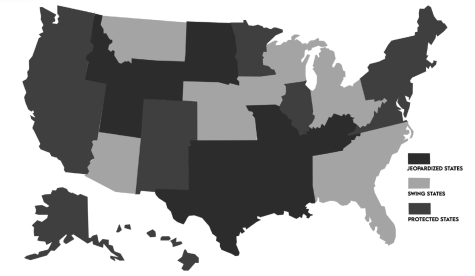
Protected
Even if Roe is overturned at the national level, states that are committed to protecting abortion rights will still be allowed to offer the procedure. Yet, access to abortion might become extremly limited–despite state protections. Why? Due to the expected influx of women traveling to protected states, in-state women may struggle to receive the services they need.
Oregon, as well as the other west coast states, the New England area and a select sprinkling of middle America states, are considering how to become places of refuge for women seeking an abortion.
California is one such state. Governor Newsom has promised to offer refuge to those seeking the procedure by allocating funds and passing bills in order to ease the financial burden of abortion for many women.
Even some states like Connecticut are promising to shield abortion providers and patients, in or out of state, from litigation initiated by states that have banned abortion.
“I’m incredibly lucky to live in Oregon and not have to worry but it’s sad to think about those who aren’t as fortunate” said Amanda Uri, a Summit freshman.
Jeopardized
With the Supreme Court appearing poised to strike down Roe v. Wade, a cascade of restrictive abortion legislation has been proposed in red states.
Thirteen states have passed so-called trigger laws, which would ban abortions immediately after the Supreme Court’s decision to overturn Roe v. Wade.
These trigger states, mainly in the south as well as a few in the midwest, have total bans. This means there will be no exceptions except for decidedly life-threatening situations. These states include Arizona, Kentucky, Louisiana, Missouri, South Dakota, Tennessee and Texas.
According to the New York Times, Idaho, Mississippi, Utah and Wyoming have exceptions in their trigger laws for conditions where rape or incest is a factor.
But there’s an even larger, more concerning, issue afoot.
The collection of neighboring states that will likely ban abortion means that women trapped in these red-state clusters might have to travel hundreds of miles to get to the nearest abortion clinic, especially if previously protected surrounding states also put restrictions in place. Not only an inconvenience, such a scenario has dangerous implications for women looking for this procedure.
Sarah Warsaw, Summit’s Activities Director and Ethnic Studies teacher, has become very involved in the discussions surrounding Roe v Wade as a woman and an educator of history.
“I feel for women who will need abortions but will find themselves in the middle of trigger states without means for transportation,” said Warsaw. “If [they] don’t have the resources, women will have no other choice than to turn to unsafe abortions.”
Swing States
Enter the importance of swing states, which, due to their location, play a crucial role. Swing states have the the power to either ban abortion or restrict it if roe is overturned.
If swing sates like Kansas, Wisconsin and Ohio along a few others criminalize abortion it will intensify the geographicall disadvantage of women living in red states.
But, if they continue to offer abortions, they can become an oasis of women’s health services, offering an easier access to abortions for women in need.
Florida, the quintessential swing state, is one of the only southern states that has a likey chance of preserving the right to abortion. Although Florida passed a law that would ban the procedure after 15 weeks–a viloation of Roe which allows abortion until fetal viability (around 23 weeks)– it can still provide access to women living in banned states if they are under 15 weeks, and thus become that oasis.
The Issue of Class
The end of Roe v. Wade now becomes a question of one’s socioeconomic status. Women who cannot afford to travel across state lines, possibly hundreds of miles to the nearest protected state, are going to be the ones suffering.
“It is going to impact anyone with a uterus,” said Armour, “but it’s going to fall the hardest on people under the poverty line, people in minority groups, people who don’t have the means to get to a clinic, and so many others.”
According to the Source Weekly, 36 million people would lose access to abortion if Roe is overturned. 75% of abortion patients are low-income, with 49% living below the federal poverty level.
In recent University of Colorado Boulder research, it is estimated that in the years following a national ban, an additional 140 women would die annually from pregnancy-related causes, increasing the death toll to 815 women, a 21% increase. Among non-Hispanic Black women, pregnancy-related deaths would increase by a third.
“We as a country are so concerned for human life, but a decision that will save lives, might also cost the lives of women and mothers,” said Warsaw.
Without access to safe abortion women, facing the financial burdens and believing they have no other option, will continue to risk their lives by undergoing unsafe abortions. Access to safe abortions is crucial and at times life-saving factor for many women. The role that Protected and Swing States will play If Roe is overturned is imperative to the livelihood of hundreds and thousands of American Women.
Sometimes, History Goes Backwards
The Court’s decision to roll back rights rather than expand them proves to be a unique example of overturning precedent.
Alito’s drafted opinion asserts that the right to abortion is not implied in the Constitution. Since Roe never explicitly says the word abortion–meaning the consitution doesn’t literally spell out this right–under Alito logic, Roe v. Wade is not constitutional.
The same could be said, using the draft opinion’s general reasoning, for other circumstances in which the court expanded rights, but did not specifically spell them out in the constitution. The biggest example being the 2015 ruling that legalized same sex marrage. With a republican-dominated court, is a ruling like this potentially in jeopardy?
“None of us are safe from the extreme anti-women and anti-L.G.B.T.Q. ideology that now dominates this court,” Sarah Kate Ellis, the president of GLAAD, said in a recent New York Times article.
The good news is that the draft that Alito wrote cannot directly be used to overrule other established rights. The draft states that the overturning only applies to the right of abortion and no other right. Yet, this could very well be cold comfort. Many people now worry if this draft could be used as a template to debate other progressive topics.
The Future
Even though medical abortions are the only factor being disscused as of now, a ruling against womens reproductive rights could snowball into other restrictions. Abortion pills could be next.
The Susan B. Anthony List, an anti-abortion organization that supports conservative women politicians in the goal of ultimately ending abortion in America, reports that states including Arizona, Arkansas, Indiana, Montana, Ohio, Oklahoma, South Dakota and Texas are already working to limit or stop mail-order abortion drugs.
As is, abortion pills account for half of total US abortions. Due to the likelihood of Roe being overturned, the need for abortion pills will drastically increase, especially those in anti-abortion states and trigger states.
If abortion pills are outlawed, American women will have even less control over their bodies.
“Women are not even close to being treated the same as men,” said Maya Simmons, a politically active sophomore. “I feel like we are in the 1900’s again.”
The End–But it’s Just the Beginning
Nearly 50 years ago, the Supreme Court legalized abortion. The decision has since divided the country, remaining a contentious and much debated topic. Now that the issue is before the court again, many are harboring feelings of fear and anger while others are expressing satisfaction and relief.
The draft opinion will likely represent the structure, reasoning and analysis of the final decision. But opinions can change. And the fact that there was a leak in the Supreme Court may suggest that there are efforts to have things changed. Despite the adamant protests, fundraising, and overall will-power from the pro-choice movement, if Roe is overturned there will undoubtedly be a chain reaction of pressing issues in American society. Issues for women above or below the poverty level. Issues for women of all races. Issues for any person with a uterus.
“The United States is such a rich country,” said Warsaw, “Yet it continues to let down specific groups of people, like women and minorities.”

Amongst her army of plants, hoard of art projects, growing collection of super stylish thrifted clothes and crumpled up to-do lists, you can find Elliana in her sun-soaked room scribbling away in one of...

On an average day, you can find Bayla Orton procrastinating cleaning her room as well as writing her extremely well-planned college essay. She either smells like chlorine or pastries (often both) after...

